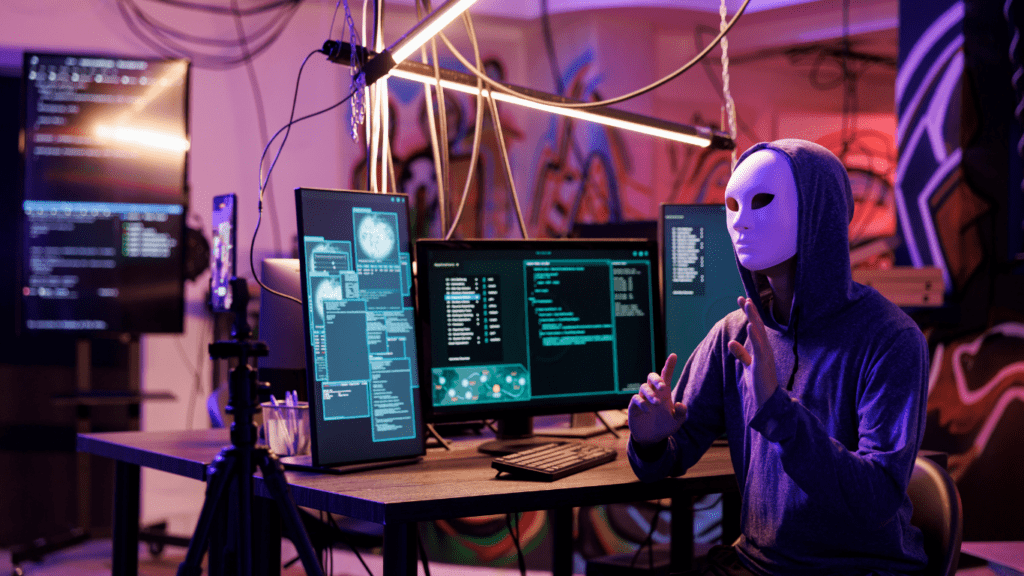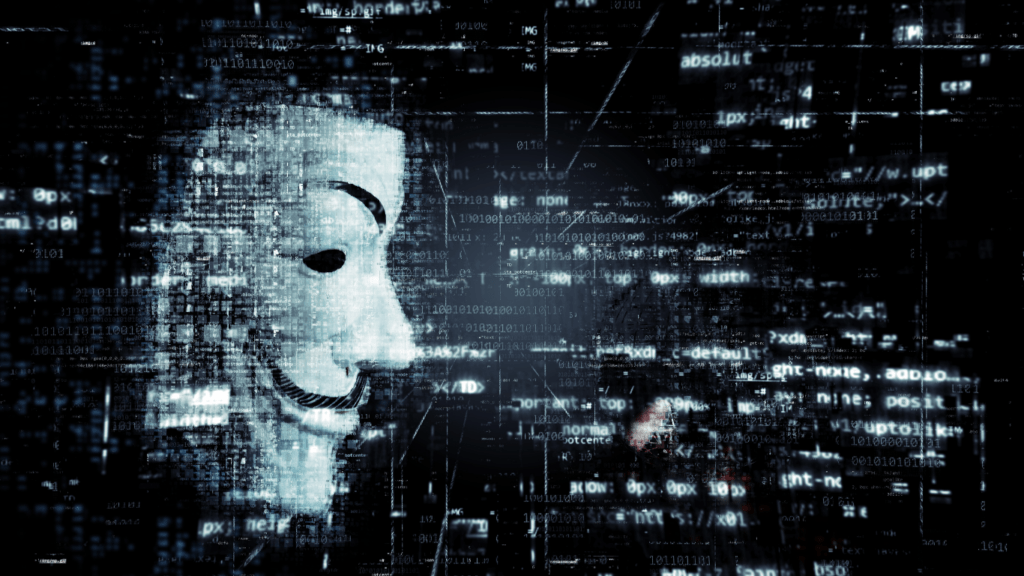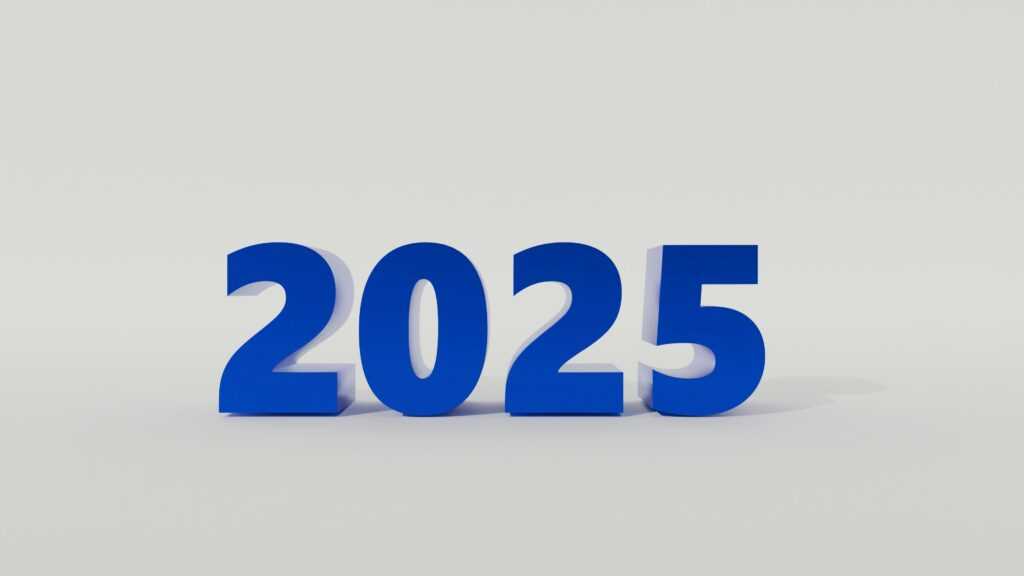Overview of the Major Cybersecurity Breach
The recent cybersecurity breach has exposed millions of users to potential identity theft and financial fraud.
Hackers exploited vulnerabilities and accessed sensitive data, including names, addresses, and social security numbers.
Context and Timing
The breach occurred in March 2023, during a routine security update. Attackers identified a gap in the server firewall, allowing them to infiltrate the system.
The breach wasn’t detected immediately, with the lapse extending to several weeks before discovery. This delay worsened the impact, as more user data became compromised over time.
Impact on User Data
The breach affected over 10 million users. Hackers stole a range of personal information, from email addresses to payment details.
The compromised data includes:
- Personal Information: Names, dates of birth, and home addresses.
- Financial Data: Credit card numbers, bank account details, and transaction histories.
- Login Credentials: Email addresses and passwords.
Identity thieves can use this information to open new accounts, make unauthorized transactions, or even commit crimes. The breach’s wide reach has left users vulnerable to extensive fraud and scams.
How the Breach Was Discovered
The cybersecurity breach, which exposed millions of users, came to light through careful monitoring and subsequent investigations.
Initial Indications
Unusual network activity and abnormal data access patterns triggered initial suspicions. Automated monitoring systems detected this unusual traffic, leading security teams to delve deeper.
A spike in network traffic from foreign IP addresses was identified. Multiple failed login attempts from disparate locations raised red flags.
Response by the Security Team
The security team initiated a comprehensive investigation following these indicators.
They isolated affected servers to prevent further data exfiltration. Immediate steps were taken to patch the exploited vulnerabilities. Forensic experts were brought in to trace the breach’s origin and scope.
The incident response plan was put in place, involving both containment and remediation efforts.
Consequences of the Cybersecurity Breach

The cybersecurity breach had significant repercussions, affecting millions of users and the company involved.
For Affected Users
Users faced immediate risks such as identity theft and financial fraud. Personal information, like Social Security numbers and credit card details, was compromised, making users vulnerable to fraudulent activities. Reports indicated unauthorized transactions, loan applications, and new account openings in users’ names.
Examples of compromised data:
- Social Security numbers
- Credit card details
- Bank account information
Users’ trust in the company diminished, leading to customer dissatisfaction and frequent account closures. Additionally, users had to take measures such as freezing credit, monitoring financial statements, and changing passwords to mitigate further risks.
For the Company
The company experienced severe impacts due to the breach. First, financial losses occurred from immediate incident response, forensic investigations, and legal fees.
The breach’s publicity caused a significant decline in stock prices, reflecting shaken investor confidence.
Examples of financial impacts:
- Response and remediation costs
- Legal fees
- Stock price decline
Second, the company’s reputation suffered, resulting in a loss of customer trust. The breach also attracted regulatory scrutiny, leading to potential fines and stricter compliance requirements.
Internal resources were diverted to address the crisis, affecting overall productivity and ongoing projects.
The breach highlighted the need for enhanced cybersecurity measures and policies to prevent future occurrences.
Preventive Measures and Future Steps
To prevent future breaches, several measures can improve cybersecurity posture and mitigate risks.
Strengthening Security Protocols
Regularly updating security software addresses newly discovered vulnerabilities. Implementing multi-factor authentication (MFA) adds an additional layer of security.
Encrypting sensitive data protects it during transmission and storage. Conducting regular security audits helps identify and remediate potential weaknesses.
Establishing and maintaining a secure network architecture emphasizes the need for segmentation and firewalls to control access and monitor traffic effectively.
Enhancing User Awareness and Education
Training programs educate users about recognizing phishing attempts and other malicious activities.
Frequent communication on best practices for password management encourages users to create and maintain strong, unique passwords.
Regular reminders about the importance of updating software and systems ensure that users stay vigilant and compliant.
Providing resources and support for users empowers them to take proactive steps in safeguarding their information.
Effective cybersecurity combines robust protocols with informed and engaged users. By implementing these measures, exposure to risks can be significantly reduced.

About the author:
Ronaldie Snidernis is the founder of Luck Lounge Land, a platform dedicated to gambling and game theory. Raised in Ironton, Ohio, Ronaldie studied Business Administration and Information Technology at Ohio University. Inspired by a summer internship at a Las Vegas casino, he created Luck Lounge Land to blend his expertise in business and gaming. His website offers news, insights, and interactive features for gambling enthusiasts worldwide. Ronaldie’s innovative approach has made Luck Lounge Land a popular resource for gamblers. He frequently shares his knowledge through articles and webinars. His passion for educating others is evident in the site’s ‘Game Theory Academy.’ Ronaldie’s commitment to quality content has attracted a loyal following. He continuously seeks ways to enhance the user experience. Outside of his work, Ronaldie enjoys exploring new casino trends and technologies.


 is the founder of Luck Lounge Land, a platform dedicated to gambling and game theory. Raised in Ironton, Ohio, Ronaldie studied Business Administration and Information Technology at Ohio University. Inspired by a summer internship at a Las Vegas casino, he created Luck Lounge Land to blend his expertise in business and gaming. His website offers news, insights, and interactive features for gambling enthusiasts worldwide.
Ronaldie's innovative approach has made Luck Lounge Land a popular resource for gamblers. He frequently shares his knowledge through articles and webinars. His passion for educating others is evident in the site's 'Game Theory Academy.' Ronaldie's commitment to quality content has attracted a loyal following. He continuously seeks ways to enhance the user experience. Outside of his work, Ronaldie enjoys exploring new casino trends and technologies.
is the founder of Luck Lounge Land, a platform dedicated to gambling and game theory. Raised in Ironton, Ohio, Ronaldie studied Business Administration and Information Technology at Ohio University. Inspired by a summer internship at a Las Vegas casino, he created Luck Lounge Land to blend his expertise in business and gaming. His website offers news, insights, and interactive features for gambling enthusiasts worldwide.
Ronaldie's innovative approach has made Luck Lounge Land a popular resource for gamblers. He frequently shares his knowledge through articles and webinars. His passion for educating others is evident in the site's 'Game Theory Academy.' Ronaldie's commitment to quality content has attracted a loyal following. He continuously seeks ways to enhance the user experience. Outside of his work, Ronaldie enjoys exploring new casino trends and technologies.
